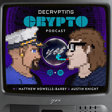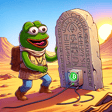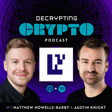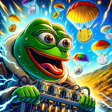
Your primer on Bitcoin NFTs (Ordinals)
Ordinals, an innovative and divisive new project has brought NFTs to Bitcoin.
Coined as “Digital Artifacts” by Ordinals founder, Casey Rodarmor, the NFTs have been the topic of much debate. On one side, there’s the argument that Bitcoin should be exclusively used for financial transactions, with anything outside of this being a deviation from its mission. On the other side, Ordinals is paving the way for new use cases on Bitcoin that can both drive additional revenue for miners and increased interest from end users.
Whatever your stance, it’s clear that Ordinals has brought renewed interest in the Bitcoin blockchain. And with some of these early NFTs being sold for over 1 bitcoin (~$23,000) it’s been capturing the imagination of speculators.
In this episode, we share a full overview of how the technology works, why it's important, and how you can start exploring it yourself, featuring commentary from a few great minds building in the Bitcoin NFT space.
![CBDCs: The [Dark] Future of Money (Part 2 of 2) image](https://media.zencastr.com/cdn-cgi/image/width=112,quality=85/image-files/61fc0461fb20e00040aeb09e/5b9f1396-2a8e-418d-82a0-30fd00969266.jpg)














